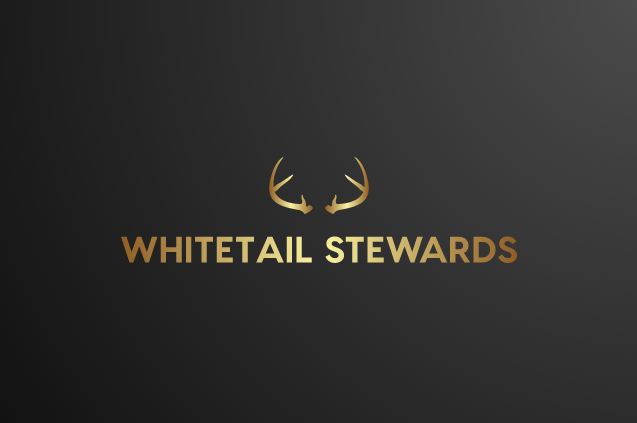What To Do If You Find A Fawn Without Its Mother (Abandoned Baby Deer)
Whitetail does will soon be giving birth to fawns and social media will soon be filled with posts of people discovering an apparently "abandoned" fawn in their yard. This starts shortly after the first fawns are born in late May or early June. Although these baby deer are cute and people may worry about their safety without their mother, it is important not to touch them unless they are in danger. Deer are easily stressed by human contact, which can be harmful to their survival.
Does, or mother deer, typically spend 10 to 12 hours per day searching for food, leaving their offspring behind, but tucked away in a good hiding place. They only come back to nurse the babies, which might seem unusual to humans, but it's a strategy to protect the young from predators. Due to this, it's quite normal not to spot the mother for hours. The fawns stay put in the grass, waiting for the mother to return. When they're born, they're not strong enough to run away from danger or follow their mother. Hence, for their first 3-4 weeks of life, they only move short distances. The spotted fur of the fawn's coat also helps to conceal them, thus keeping them safe from predators.
What To Do If You Find A Fawn Without Its Mother
If you come across a calm and healthy-looking fawn alone in your yard, do not worry, leave the area so that its mother can return comfortably when she is ready. On the other hand, if the fawn is crying aimlessly or showing signs of abandonment such as lying on its side, or has a lot of flies or ticks on it, then it may have lost its mother. In that case, it is best to contact your local wildlife rehabilitator for help and DO NOT try to feed the fawn as it requires specialized formula for its sensitive digestive system to develop properly.
Towards the end of summer, the markings on a baby deer's fur will start to disappear. At this time, they are capable of living on their own even if they become separated from their mother and do not need assistance. Additionally, as they mature, handling young deer can be risky. These adolescent animals have spent enough time with their mother to be self-sufficient and no longer need to consume her milk.
Before handling a fawn, it is advised to contact your local Wildlife Rehabilitation Hospital or wildlife conservation officer for guidance. They can help distinguish between normal and abnormal behavior of the fawn and decide if it requires medical attention.
It is against the law to care for native wildlife in some states unless you have a valid Wildlife Rehabilitator license. This regulation is in place to ensure that wild animals receive the best possible care and to protect uninformed citizens from encountering hazards such as zoonotic illnesses and parasites, which can infect animals at any age.
Although newborn animals may seem appealing, they can expose your household to various life-threatening diseases, including rabies. Additionally, these creatures possess strong teeth and claws and can pose threats to both you and your pets. Feeding wild animals an improper diet and failing to provide them with proper care can lead to severe medical issues such as Metabolic Bone Disease, which cannot be repaired and can hinder their release back into nature. Wild animals have different dietary requirements than those of domesticated animals such as dogs, cats, and birds.
Who Can You Call For Advice About An Abandoned Fawn
In case you encounter a native wild animal that may be without a parent, it is important to contact a Wildlife Rehabilitator in your locality for guidance. It is highly discouraged to raise a wild animal on your own or have it interact with your household or pets. If you must handle a wild animal, ensure to use protective gloves irrespective of its age. For further assistance, you can contact the Wildlife Hospital at 856-983-3329 ext. 107.
